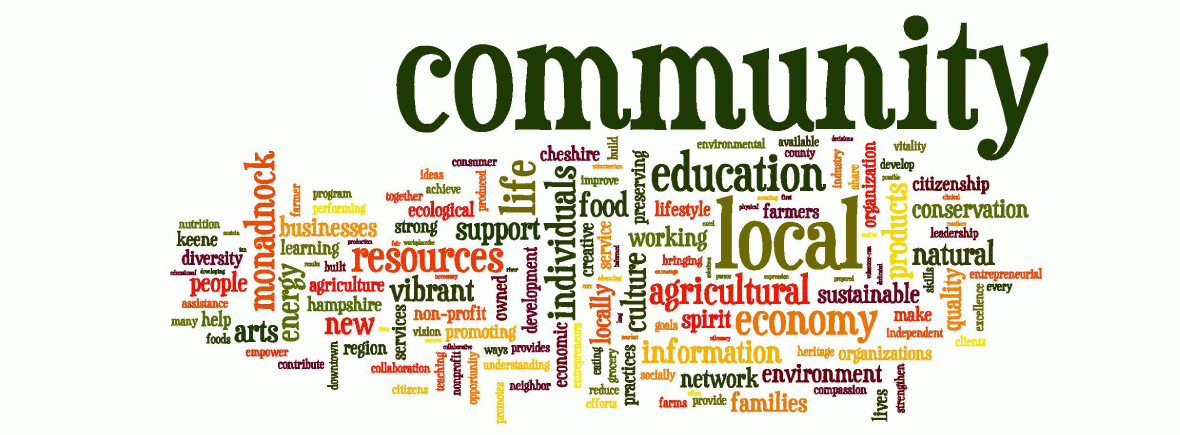
Climate Adaptation, Resilience & Regeneration
Topic of the Month: April 2018 April brings us Earth Day, so Monadnock Buy Local is focusing on how our community is fostering adaptation, resilience and regeneration in the face of climate change. Blog posts
|